Liangcheng Han
Movable Superdirective Pairs: A Phase Shifter-Free Approach to mmWave Communications
Dec 31, 2024



Abstract:In this letter, we propose a novel Movable Superdirective Pairs (MSP) approach that combines movable antennas with superdirective pair arrays to enhance the performance of millimeter-wave (mmWave) communications on the user side. By controlling the rotation angles and positions of superdirective antenna pairs, the proposed MSP approach maximizes the received signal-to-noise ratio (SNR) of multipath signals without relying on phase shifters or attenuators. This approach addresses the limitations of traditional superdirective antennas, which are typically restricted to the endfire direction and suffer from reduced scanning bandwidth and increased complexity. An efficient algorithm based on alternating optimization and the gradient projection method is developed to solve the non-convex optimization problem of antennas' joint rotating positioning. Simulation results demonstrate that the MSP approach achieves significant performance gains over fixed-position array (FPA) employing Maximum Ratio Combining (MRC), while reducing system complexity and hardware costs.
A Superdirective Beamforming Approach based on MultiTransUNet-GAN
Aug 27, 2024Abstract:In traditional multiple-input multiple-output (MIMO) communication systems, the antenna spacing is often no smaller than half a wavelength. However, by exploiting the coupling between more closely-spaced antennas, a superdirective array may achieve a much higher beamforming gain than traditional MIMO. In this paper, we present a novel utilization of neural networks in the context of superdirective arrays. Specifically, a new model called MultiTransUNet-GAN is proposed, which aims to forecast the excitation coefficients to achieve ``superdirectivity" or ``super-gain" in the compact uniform linear or planar antenna arrays. In this model, we integrate a multi-level guided attention and a multi-scale skip connection. Furthermore, generative adversarial networks are integrated into our model. To improve the prediction accuracy and convergence speed of our model, we introduce the warm up aided cosine learning rate (LR) schedule during the model training, and the objective function is improved by incorporating the normalized mean squared error (NMSE) between the generated value and the actual value. Simulations demonstrate that the array directivity and array gain achieved by our model exhibit a strong agreement with the theoretical values. Overall, it shows the advantage of enhanced precision over the existing models, and a reduced requirement for measurement and the computation of the excitation coefficients.
Superdirectivity-enhanced wireless communications: A multi-user perspective
Jul 13, 2023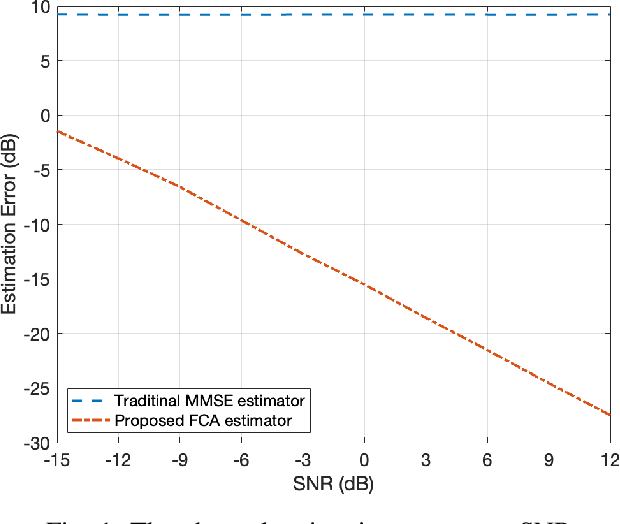
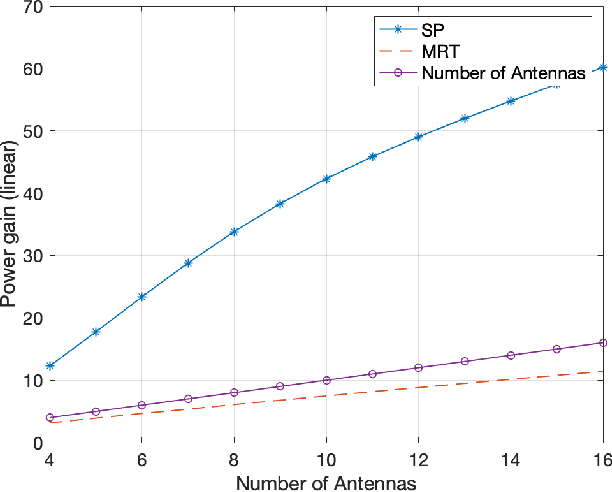
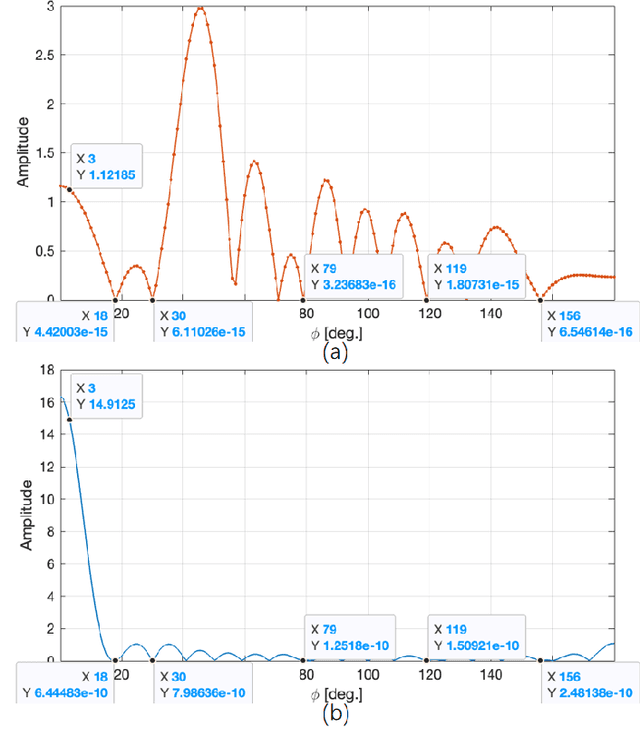
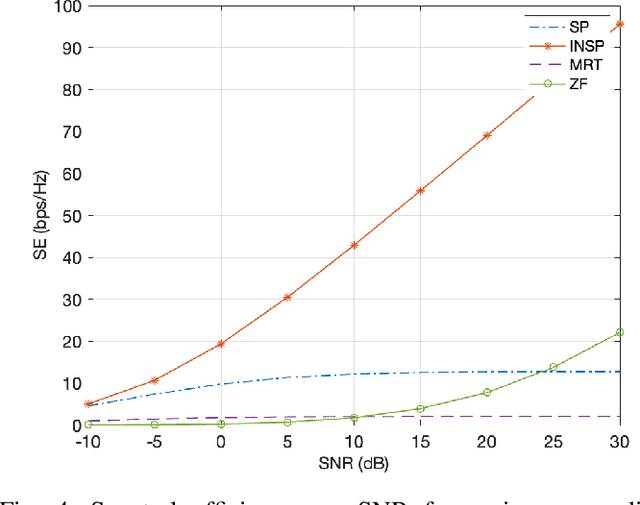
Abstract:Superdirective array may achieve an array gain proportional to the square of the number of antennas $M^2$. In the early studies of superdirectivity, little research has been done from wireless communication point of view. To leverage superdirectivity for enhancing the spectral efficiency, this paper investigates multi-user communication systems with superdirective arrays. We first propose a field-coupling-aware (FCA) multi-user channel estimation method, which takes into account the antenna coupling effects. Aiming to maximize the power gain of the target user, we propose multi-user multipath superdirective precoding (SP) as an extension of our prior work on coupling-based superdirective beamforming. Furthermore, to reduce the inter-user interference, we propose interference-nulling superdirective precoding (INSP) as the optimal solution to maximize user power gains while eliminating interference. Then, by taking the ohmic loss into consideration, we further propose a regularized interference-nulling superdirective precoding (RINSP) method. Finally, we discuss the well-known narrow directivity bandwidth issue, and find that it is not a fundamental problem of superdirective arrays in multi-carrier communication systems. Simulation results show our proposed methods outperform the state-of-the-art methods significantly. Interestingly, in the multi-user scenario, an 18-antenna superdirective array can achieve up to a 9-fold increase of spectral efficiency compared to traditional multiple-input multiple-output (MIMO), while simultaneously reducing the array aperture by half.
A genetic algorithm based superdirective beamforming method under excitation power range constraints
Jul 05, 2023Abstract:The array gain of a superdirective antenna array can be proportional to the square of the number of antennas. However, the realization of the so-called superdirectivity entails accurate calculation and application of the excitations. Moreover, the excitations require a large dynamic power range, especially when the antenna spacing is smaller. In this paper, we derive the closed-form solution for the beamforming vector to achieve superdirectivity. We show that the solution only relies on the data of the array electric field, which is available in measurements or simulations. In order to alleviate the high requirement of the power range, we propose a genetic algorithm based approach with a certain excitation range constraint. Full-wave electromagnetic simulations show that compared with the traditional beamforming method, our proposed method achieves greater directivity and narrower beamwidth with the given range constraints.
Coupling Matrix-based Beamforming for Superdirective Antenna Arrays
Apr 25, 2022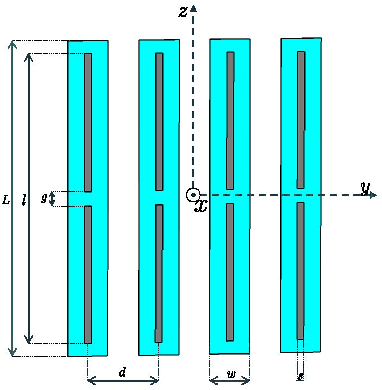
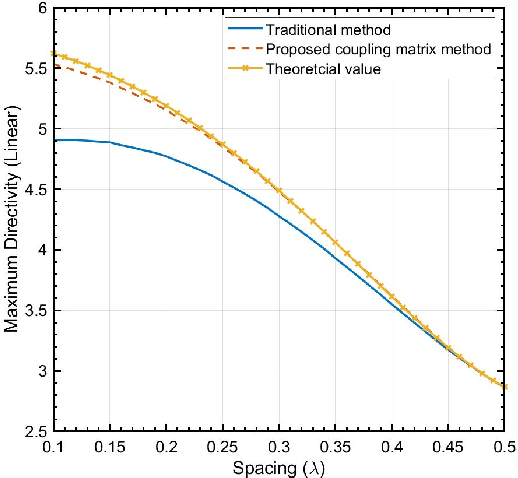
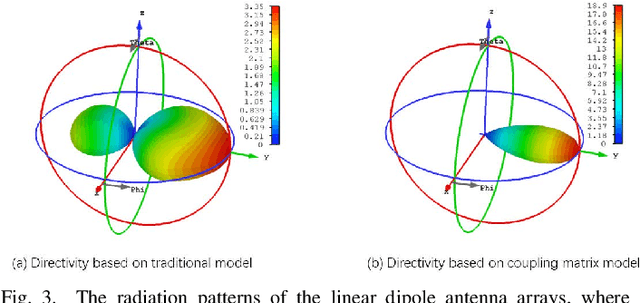
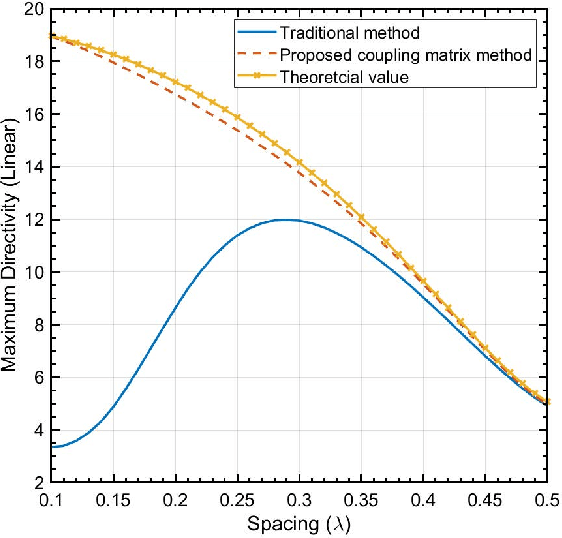
Abstract:In most multiple-input multiple-output (MIMO) communication systems, e.g., Massive MIMO, the antenna spacing is generally no less than half a wavelength. It helps to reduce the mutual coupling and therefore facilitate the system design. The maximum array gain is the number of antennas in this settings. However, when the antenna spacing is made very small, the array gain of a compact array can be proportional to the square of the number of antennas - a value much larger than the traditional array. To achieve this so-called "superdirectivity" however, the calculation of the excitation coefficients (beamforming vector) is known to be a challenging problem. In this paper, we derive the beamforming vector of superdirective arrays based on a novel coupling matrix-enabled method. We also propose an approach to obtain the coupling matrix, which is derived by the spherical wave expansion method and active element pattern. The full-wave electromagnetic simulations are conducted to validate the effectiveness of our proposed method. Simulation results show that when the beamforming vector obtained by our method is applied, the directivity of the designed dipole antenna array has a good agreement with the theoretical values.
 Add to Chrome
Add to Chrome Add to Firefox
Add to Firefox Add to Edge
Add to Edge